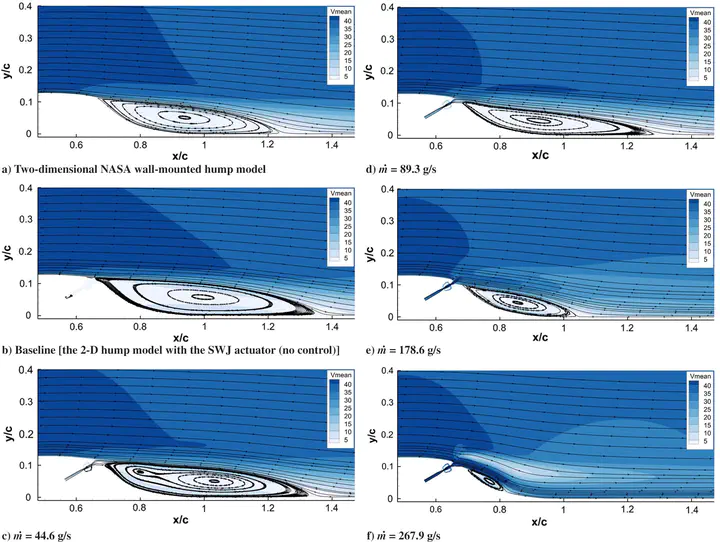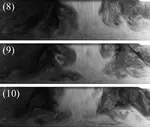Flow-Separation Control Using Sweeping Jet Actuator

Abstract Transformational aerodynamic technologies will play a vital role in improving the next generation aircraft’s performance and contribute enormously to the product cost and operability. Active flow control (AFC) is one of the promising technologies to control boundary-layer separation, mixing, and noise.
Fluidic actuators increase momentum in the local flowfield by fluid injection. Sweeping jet (SWJ) actuators belong to this category of actuators, and they are based on fluidic oscillators with no moving parts.
When pressurized with a fluid, an SWJ actuator emits a continuous but spatially oscillating jet at the outlet. The oscillations are entirely self-induced and self-sustaining. The jet attaches itself to either side as the supplied fluid passes through the SWJ actuator due to the Coanda effect. Then, pressure increases in the feedback loop and pushes the jet to the other side. This process repeats cyclically. As a result, an oscillating jet that sweeps from one side of the exit nozzle to the other is obtained. For more information, see the papers below.




